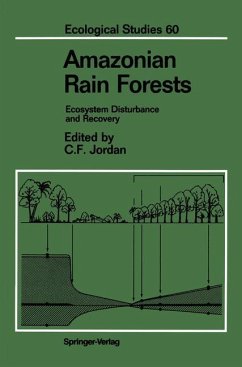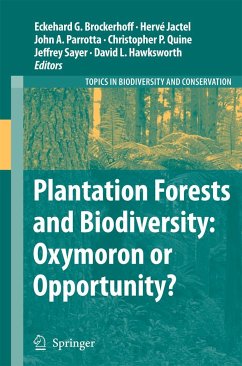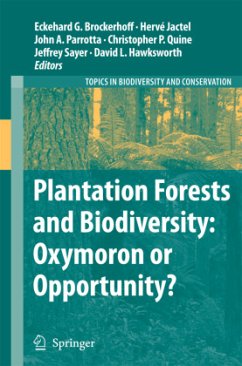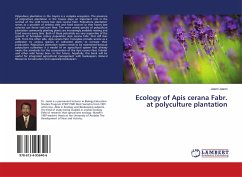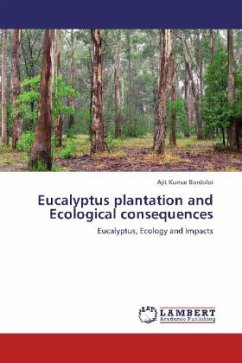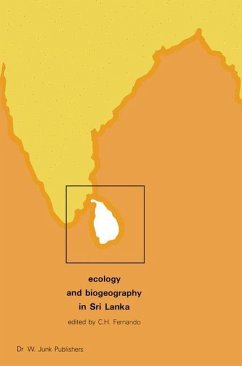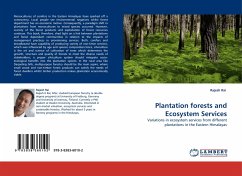
Plantation forests and Ecosystem Services
Variations in ecosystem services from different plantations in the Eastern Himalayas
Versandkostenfrei!
Versandfertig in 6-10 Tagen
32,99 €
inkl. MwSt.

PAYBACK Punkte
16 °P sammeln!
Monocultures of conifers in the Eastern Himalayas have sparked off a controversy. Local people see environmental negatives whilst forest department has an economic motive. Consequently, a paradigm shift in plantations from monocultures to mixed species occurred. However, scarcity of the forest products and exploitation of forest resources continue. This book, therefore, shed light on a link between plantations and forest dependent communities in relation to the impacts of management practices in provisioning services. Both, conifers and broadleaved have capability of producing variety of non-t...
Monocultures of conifers in the Eastern Himalayas have sparked off a controversy. Local people see environmental negatives whilst forest department has an economic motive. Consequently, a paradigm shift in plantations from monocultures to mixed species occurred. However, scarcity of the forest products and exploitation of forest resources continue. This book, therefore, shed light on a link between plantations and forest dependent communities in relation to the impacts of management practices in provisioning services. Both, conifers and broadleaved have capability of producing variety of non-timer services, which was influenced by age and species composition.Since, silviculture is the art and science of cultivation of trees which determines the growth, structure and quality of forests to meet the diverse needs of stakeholders; a proper silviculture system should integrate socio-ecological benefits into the plantation system. In the rural area like Darjeeling hills, multipurpose forestry should be the main aspire, where small wood and non-timber forest products can satisfy the needs of forest dwellers whilst timber production makes plantation economically viable.



